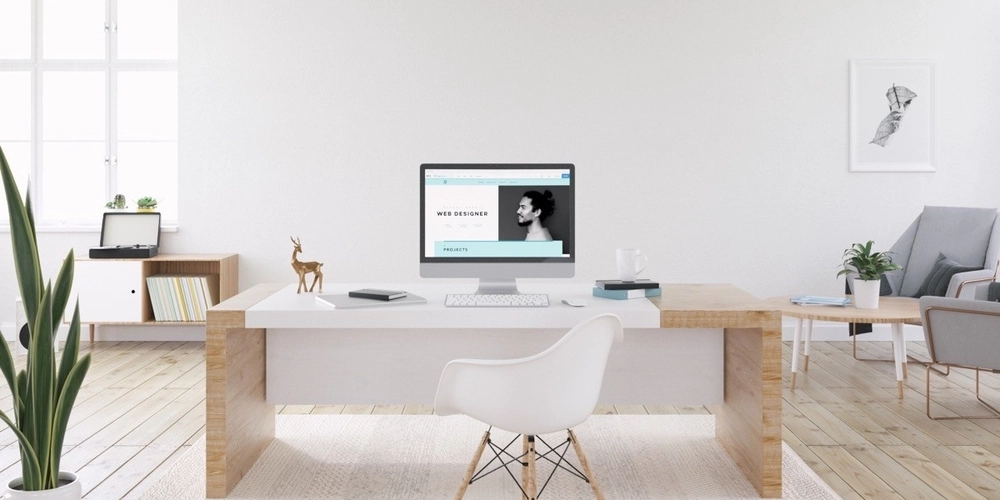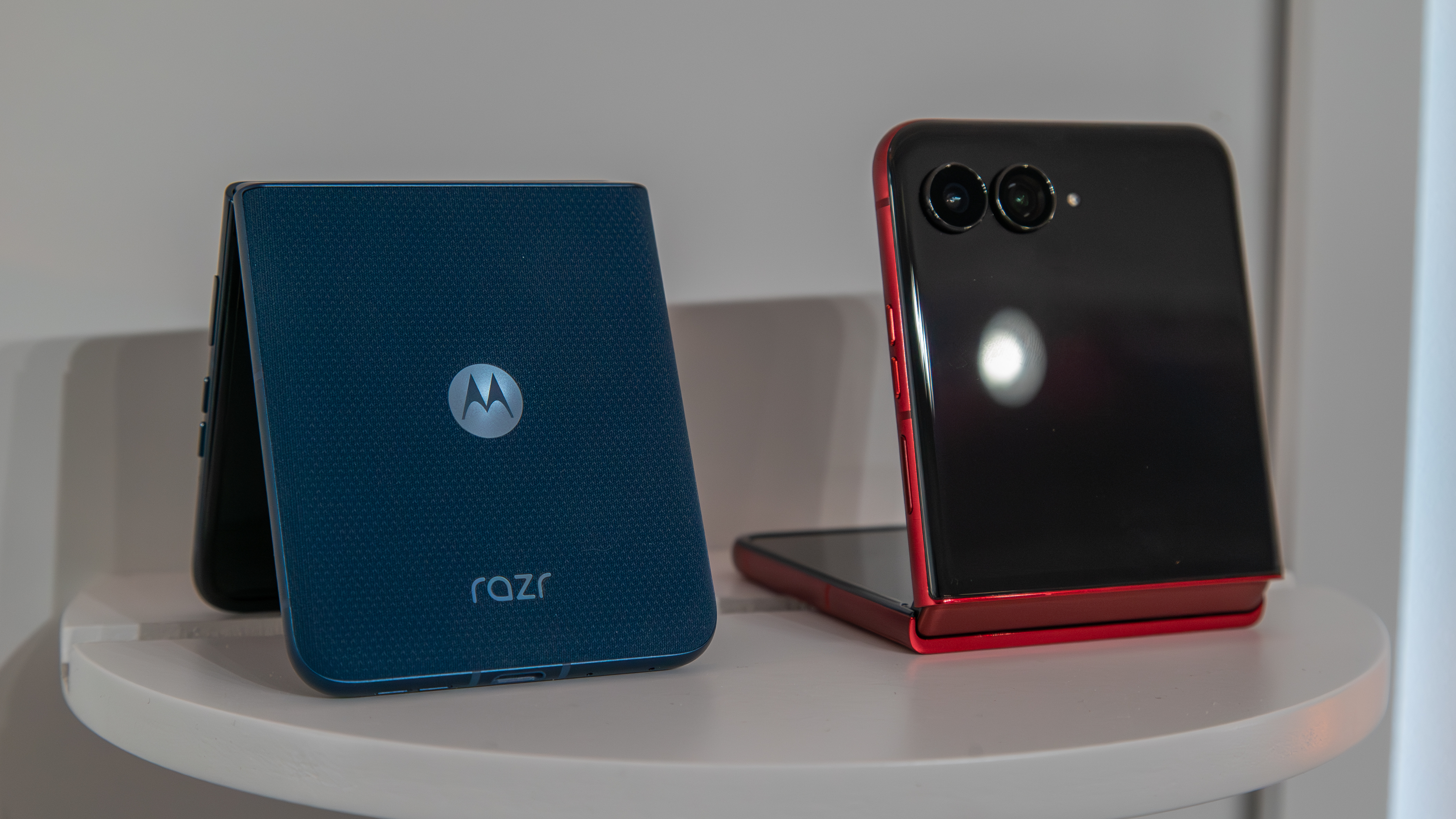The Science of Solving Coding Challenges
In the fast-paced world of software development, your ability to solve problems efficiently isn't just a nice-to-have skill—it's essential currency. Platforms like LeetCode, HackerRank, and Codewars aren't merely hurdles in your job interview process; they're invaluable training grounds where you can strengthen your problem-solving muscles in a structured environment. This guide breaks down the coding challenge process into three distinct phases—before, during, and after—providing you with science-backed strategies to maximize your learning at each stage. Whether you're preparing for technical interviews or simply sharpening your skills, these techniques will help you approach each problem more methodically and extract deeper learning from every challenge you tackle. Before You Start: Laying the Foundation Select Wisely Not all coding challenges are created equal. Selecting the right problem is like choosing the right weight at the gym—it should challenge you without crushing you. "Choose problems that stretch your abilities just beyond your comfort zone," suggests learning expert Anders Ericsson. "This is where the most productive learning happens." Assess your current level: Be honest about your strengths and weaknesses Progressive challenge: Choose problems slightly above your current skill level Topic rotation: Don't just stick to what you know—alternate between familiar topics and areas where you need growth Understand the Problem Many developers jump straight into coding without fully grasping what the problem is asking. This is like starting a journey without knowing your destination—you'll likely waste time heading in the wrong direction. "The most common mistake I see is rushing to code without understanding the problem," notes one experienced developer. "Slowing down at this stage actually speeds up your overall solution time." Read twice: First for overview, then for details Restate in your own words: If you can't explain it simply, you don't understand it fully Sketch examples: Draw out sample inputs/outputs and edge cases Identify constraints: Note time/space complexity requirements and input limitations Plan Your Approach Before typing a single line of code, sketch out your approach. This doesn't need to be formal—bullet points or simple pseudocode will do. Outline key steps: Break down the solution into logical phases Consider multiple approaches: Brainstorm at least two potential solutions Choose data structures: Decide which structures best fit your approach Anticipate challenges: Note potential stumbling blocks Science Nugget: The Cognitive Load Advantage Planning reduces what psychologists call "cognitive load"—the total amount of mental effort being used in your working memory. Our working memory can only process a limited amount of information at once. By planning ahead, you're effectively "chunking" the problem into manageable pieces, freeing up mental resources to focus on implementing each part well rather than juggling the entire problem at once. Think of your brain like a desk—when it's cluttered with too many scattered papers (unorganized thoughts), it's hard to work efficiently. Planning helps you organize those papers into neat stacks, making everything more manageable. While You Solve: Building Your Solution Chunking: Divide and Conquer Large problems become manageable when broken into smaller parts. This approach—chunking—is both a psychological and practical technique. "Break the project into small steps. Code for each of these small steps. Link these steps. Run whole sequence." Create helper functions: Build focused functions that solve one aspect of the problem Implement incrementally: Complete and test one piece before moving to the next Focus on interfaces: Clearly define how each chunk interacts with others Mindset Hacks Your mental approach significantly impacts your problem-solving effectiveness. Embrace the struggle: "Struggle means you're growing," as psychologist Carol Dweck would say. When you hit roadblocks, recognize them as learning opportunities Take strategic breaks: When stuck, a 5-minute break can activate your brain's "diffuse mode" of thinking, often leading to breakthrough insights Talk it through: Explaining your approach out loud—even to an imaginary person—can reveal gaps in your logic Test Early & Often Don't wait until you've written your entire solution to start testing. "Adding extra test cases for edge cases" is a crucial step in developing robust solutions. Experienced developers recommend: Write mini-tests: Test each component as you build it Consider edge cases: Empty inputs, boundary conditions, invalid inputs Think adversarially: How might your solution break? Science Nugget: The Power of Deliberate Practice What you're doing on coding platforms isn't just practice—it's what psychologist Anders Er

In the fast-paced world of software development, your ability to solve problems efficiently isn't just a nice-to-have skill—it's essential currency. Platforms like LeetCode, HackerRank, and Codewars aren't merely hurdles in your job interview process; they're invaluable training grounds where you can strengthen your problem-solving muscles in a structured environment.
This guide breaks down the coding challenge process into three distinct phases—before, during, and after—providing you with science-backed strategies to maximize your learning at each stage. Whether you're preparing for technical interviews or simply sharpening your skills, these techniques will help you approach each problem more methodically and extract deeper learning from every challenge you tackle.
Before You Start: Laying the Foundation
Select Wisely
Not all coding challenges are created equal. Selecting the right problem is like choosing the right weight at the gym—it should challenge you without crushing you.
"Choose problems that stretch your abilities just beyond your comfort zone," suggests learning expert Anders Ericsson. "This is where the most productive learning happens."
- Assess your current level: Be honest about your strengths and weaknesses
- Progressive challenge: Choose problems slightly above your current skill level
- Topic rotation: Don't just stick to what you know—alternate between familiar topics and areas where you need growth
Understand the Problem
Many developers jump straight into coding without fully grasping what the problem is asking. This is like starting a journey without knowing your destination—you'll likely waste time heading in the wrong direction.
"The most common mistake I see is rushing to code without understanding the problem," notes one experienced developer. "Slowing down at this stage actually speeds up your overall solution time."
- Read twice: First for overview, then for details
- Restate in your own words: If you can't explain it simply, you don't understand it fully
- Sketch examples: Draw out sample inputs/outputs and edge cases
- Identify constraints: Note time/space complexity requirements and input limitations
Plan Your Approach
Before typing a single line of code, sketch out your approach. This doesn't need to be formal—bullet points or simple pseudocode will do.
- Outline key steps: Break down the solution into logical phases
- Consider multiple approaches: Brainstorm at least two potential solutions
- Choose data structures: Decide which structures best fit your approach
- Anticipate challenges: Note potential stumbling blocks
Science Nugget: The Cognitive Load Advantage
Planning reduces what psychologists call "cognitive load"—the total amount of mental effort being used in your working memory. Our working memory can only process a limited amount of information at once. By planning ahead, you're effectively "chunking" the problem into manageable pieces, freeing up mental resources to focus on implementing each part well rather than juggling the entire problem at once.
Think of your brain like a desk—when it's cluttered with too many scattered papers (unorganized thoughts), it's hard to work efficiently. Planning helps you organize those papers into neat stacks, making everything more manageable.
While You Solve: Building Your Solution
Chunking: Divide and Conquer
Large problems become manageable when broken into smaller parts. This approach—chunking—is both a psychological and practical technique.
"Break the project into small steps. Code for each of these small steps. Link these steps. Run whole sequence."
- Create helper functions: Build focused functions that solve one aspect of the problem
- Implement incrementally: Complete and test one piece before moving to the next
- Focus on interfaces: Clearly define how each chunk interacts with others
Mindset Hacks
Your mental approach significantly impacts your problem-solving effectiveness.
- Embrace the struggle: "Struggle means you're growing," as psychologist Carol Dweck would say. When you hit roadblocks, recognize them as learning opportunities
- Take strategic breaks: When stuck, a 5-minute break can activate your brain's "diffuse mode" of thinking, often leading to breakthrough insights
- Talk it through: Explaining your approach out loud—even to an imaginary person—can reveal gaps in your logic
Test Early & Often
Don't wait until you've written your entire solution to start testing.
"Adding extra test cases for edge cases" is a crucial step in developing robust solutions. Experienced developers recommend:
- Write mini-tests: Test each component as you build it
- Consider edge cases: Empty inputs, boundary conditions, invalid inputs
- Think adversarially: How might your solution break?
Science Nugget: The Power of Deliberate Practice
What you're doing on coding platforms isn't just practice—it's what psychologist Anders Ericsson calls "deliberate practice." This isn't mindlessly repeating things you're already comfortable with, but consistently pushing your boundaries with focused, challenging work.
Deliberate practice involves:
- Pushing just beyond your current abilities
- Getting immediate feedback
- Making targeted adjustments
- Focusing on specific aspects of performance
This approach accelerates skill building far more effectively than simply accumulating hours of casual coding.
After You Solve: Cementing Your Learning
Review and Refactor
Getting a solution that passes all test cases is just the beginning.
"Optimize our solution... Optimize the syntax". After solving a problem:
- Improve variable names: Make your code tell a story
- Simplify logic: Remove unnecessary steps and conditionals
- Optimize for readability: The best code is easy for others (and future you) to understand
- Consider performance: Can you reduce time or space complexity?
Compare Solutions
One of the most valuable aspects of coding platforms is the ability to see how others solved the same problem.
- Study top-rated solutions: Notice patterns and techniques you didn't consider
- Identify knowledge gaps: Make note of language features or algorithms you're unfamiliar with
- Analyze tradeoffs: Understand why some solutions prioritize readability while others focus on performance
Create Variations
Push your understanding further by experimenting with the problem.
- Change constraints: What if the input size increases by 10x?
- Modify requirements: How would your solution change if additional features were needed?
- Solve related problems: Find problems that use similar techniques but in different contexts
Journal Your Insights
"Log what worked, what was tricky, and new patterns learned." Keeping a learning journal dramatically improves retention and enables you to spot patterns in your learning journey.
- Document key insights: What was the core trick or technique?
- Note stumbling blocks: Where did you get stuck and how did you overcome it?
- Record new patterns: What reusable strategies did you discover?
Science Nugget: The Power of Reflection
Studies show that we learn more from reflecting on experiences than from the experiences themselves. This process, called "reflective practice," helps cement neural pathways and deepen understanding. Additionally, spacing out your review of past problems (known as "spaced repetition") significantly enhances long-term retention compared to cramming.
The Psychology Behind Success
Deliberate Practice vs. Rote Repetition
"To become the expert you need ~10k hours of deliberate practice. Not just mindlessly repeating things you are comfortable about, but consistently pushing your boundaries."
Rote repetition might make you faster at what you already know, but deliberate practice—focusing on specific weaknesses with clear goals and feedback—is what creates true growth.
Cognitive Load Theory
Your working memory has limited capacity—typically 5-7 items at once. Complex problems can quickly overwhelm this capacity, leading to frustration and inefficient problem-solving.
Effective problem-solvers manage their cognitive load by:
- Breaking problems into smaller chunks
- Using external memory aids (notes, diagrams)
- Building on familiar patterns and schemas
- Creating mental models that simplify complexity
"For educational purposes, cognitive load theory helps us to avoid overloading learners with more than they can effectively process into schemas for long-term memory storage and future recall."
Incubation & Insight
Have you ever had a solution pop into your head while showering or walking? That's the "incubation effect" at work. When you take a break from active problem-solving, your subconscious mind continues processing in the background, often making connections your conscious mind missed.
This is why strategic breaks during difficult problems can be more productive than pushing through frustration.
Words of Wisdom
"It's not that I'm so smart, it's just that I stay with problems longer." – Albert Einstein
Persistence often matters more than raw intelligence in problem-solving.
"Becoming is better than being." – Carol Dweck
A growth mindset—believing your abilities can be developed through dedication and hard work—is crucial for continuous improvement.
"Purposeful practice pushes you just beyond your comfort zone." – Anders Ericsson
True growth happens at the edge of your abilities, not within your comfort zone.
Quick-Start Checklist
Conclusion
Mastering coding challenges isn't just about accumulating solutions—it's about developing a systematic approach to problem-solving that serves you throughout your career. By thoughtfully engaging with each phase of the process—before, during, and after—you transform each challenge from a one-time task into a building block of lasting skill development.
The next time you face a coding challenge, resist the urge to dive straight into coding. Instead, take the time to understand, plan, implement methodically, and reflect afterward. This comprehensive approach might feel slower at first, but like a skilled chess player thinking several moves ahead, you'll soon find yourself solving problems more efficiently and learning more deeply from each experience.
Your future self—whether facing a tough technical interview or debugging a complex production issue—will thank you for the deliberate practice you're putting in today.





































































































































































![[The AI Show Episode 145]: OpenAI Releases o3 and o4-mini, AI Is Causing “Quiet Layoffs,” Executive Order on Youth AI Education & GPT-4o’s Controversial Update](https://www.marketingaiinstitute.com/hubfs/ep%20145%20cover.png)







































































































































































































































































_NicoElNino_Alamy.jpg?width=1280&auto=webp&quality=80&disable=upscale#)































































































![Craft adds Readwise integration for working with book notes and highlights [50% off]](https://i0.wp.com/9to5mac.com/wp-content/uploads/sites/6/2025/04/craft3.jpg.png?resize=1200%2C628&quality=82&strip=all&ssl=1)















![Apple Restructures Global Affairs and Apple Music Teams [Report]](https://www.iclarified.com/images/news/97162/97162/97162-640.jpg)
![New iPhone Factory Goes Live in India, Another Just Days Away [Report]](https://www.iclarified.com/images/news/97165/97165/97165-640.jpg)






































































































